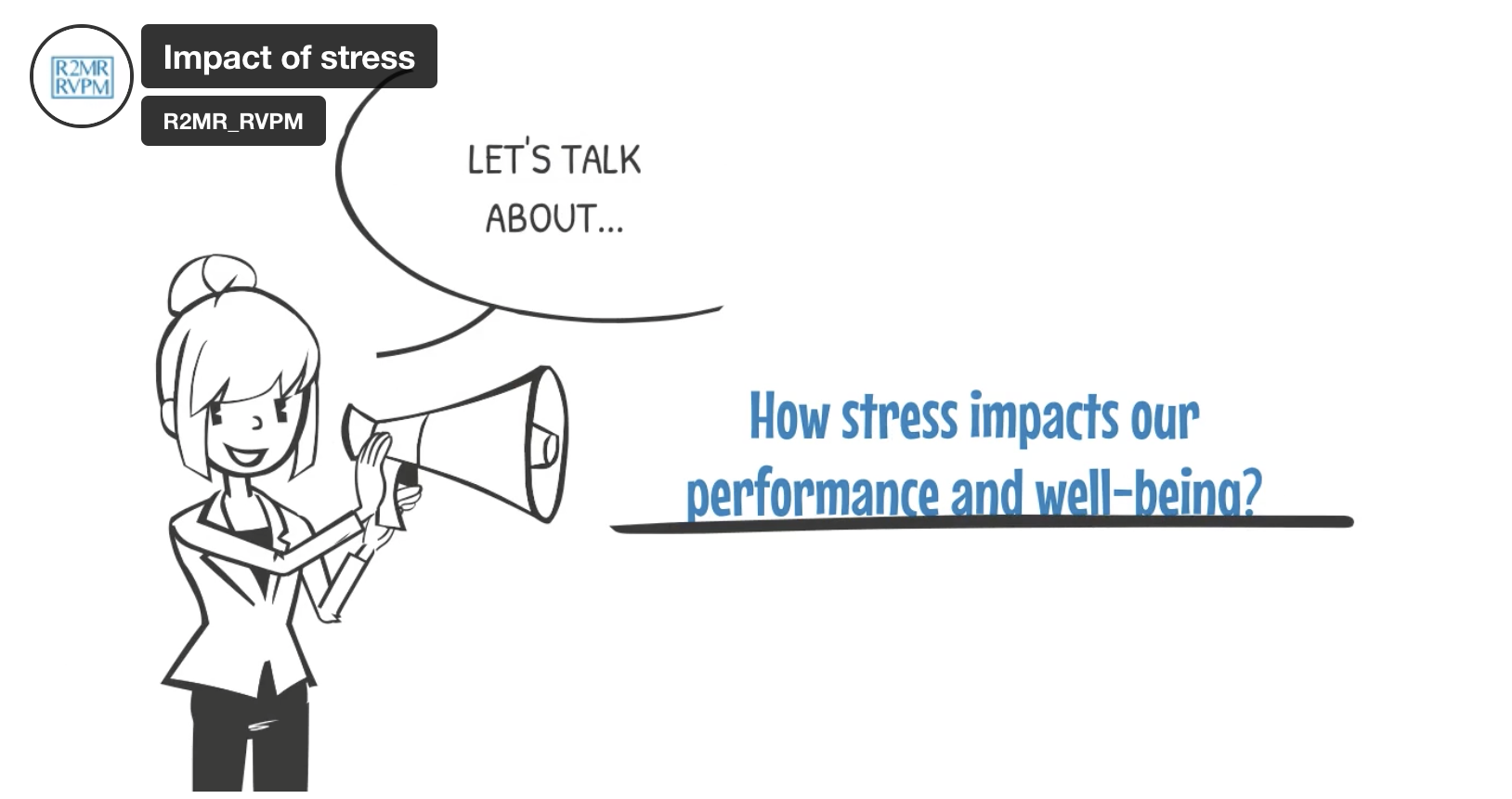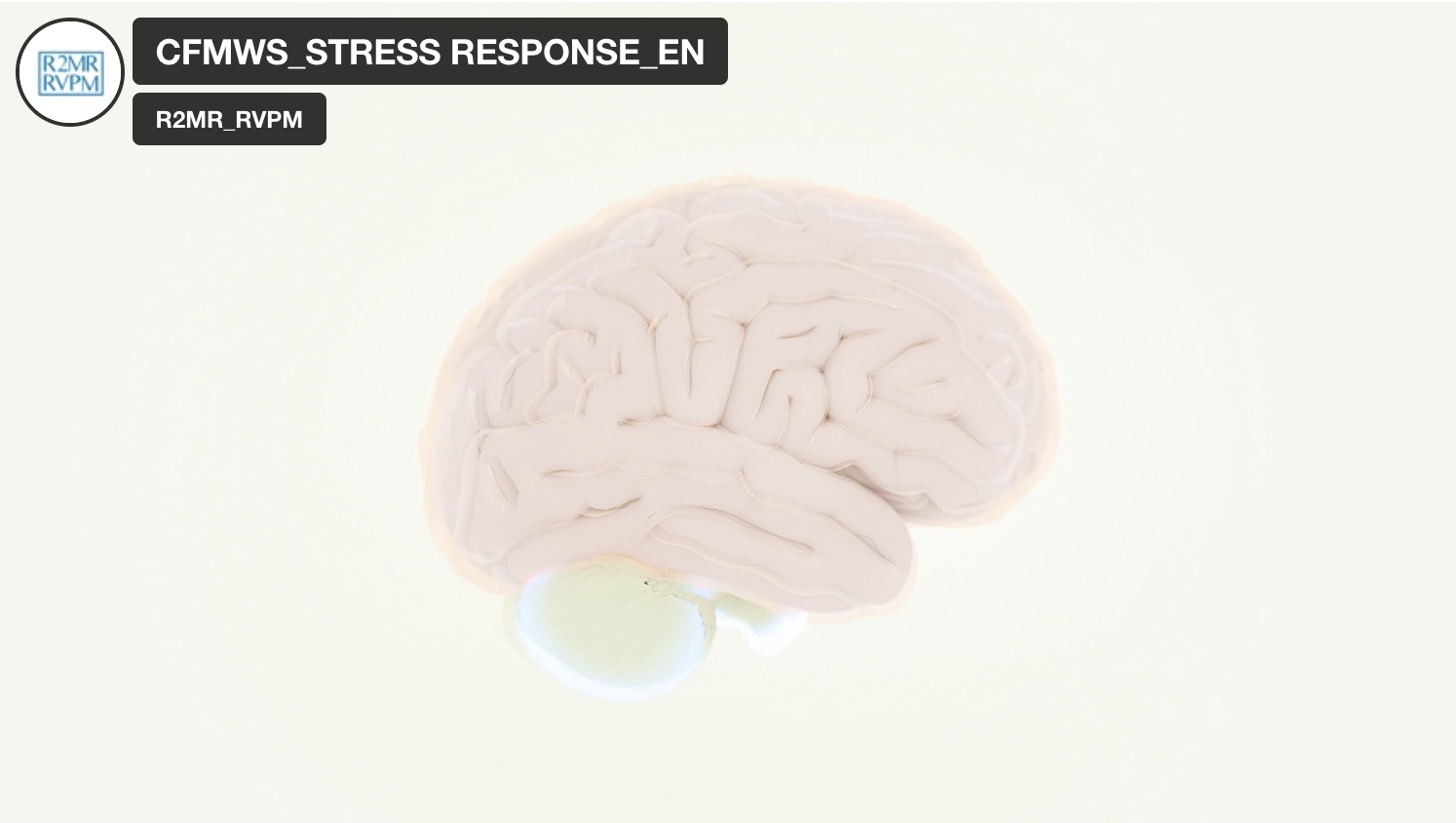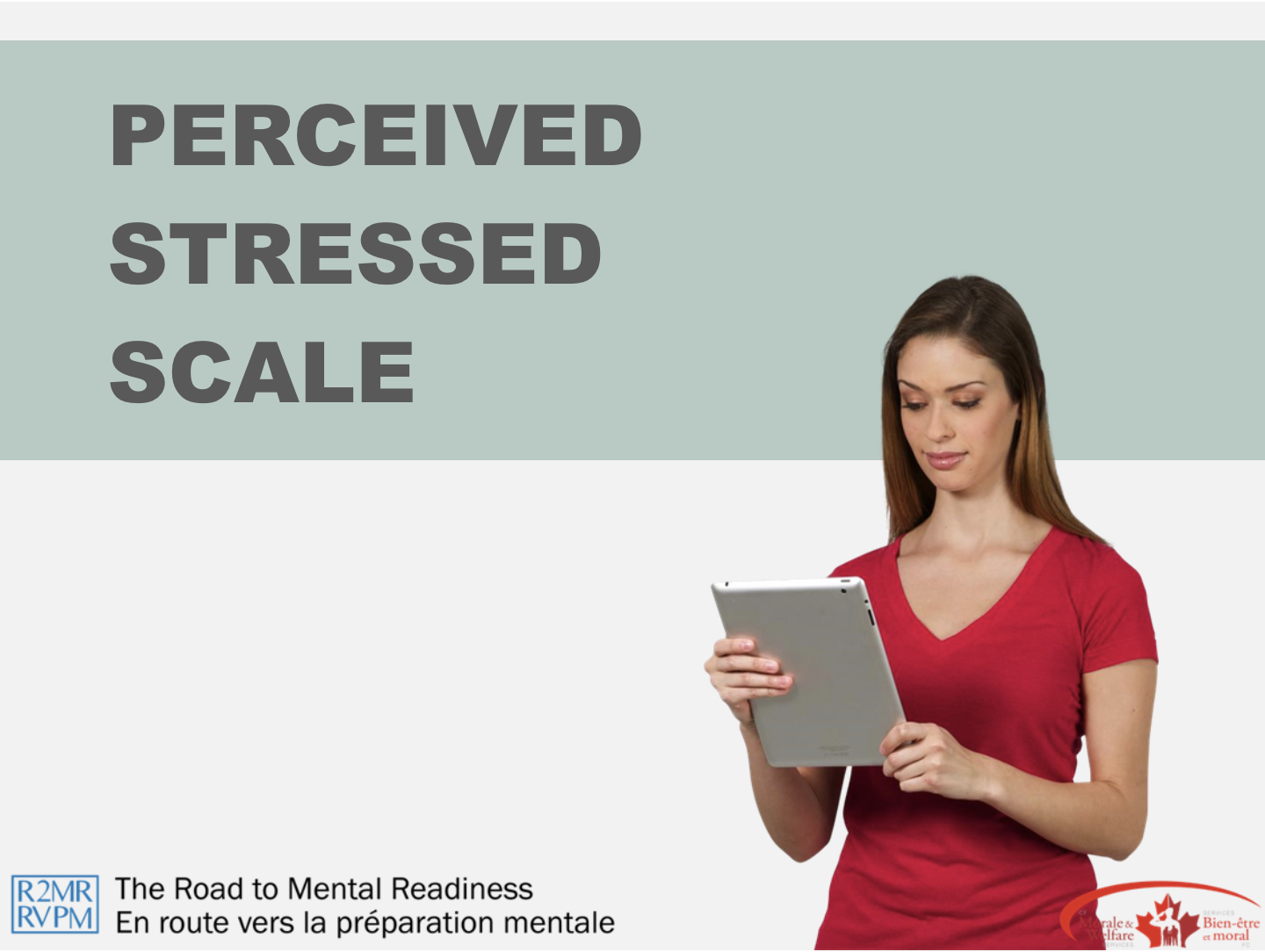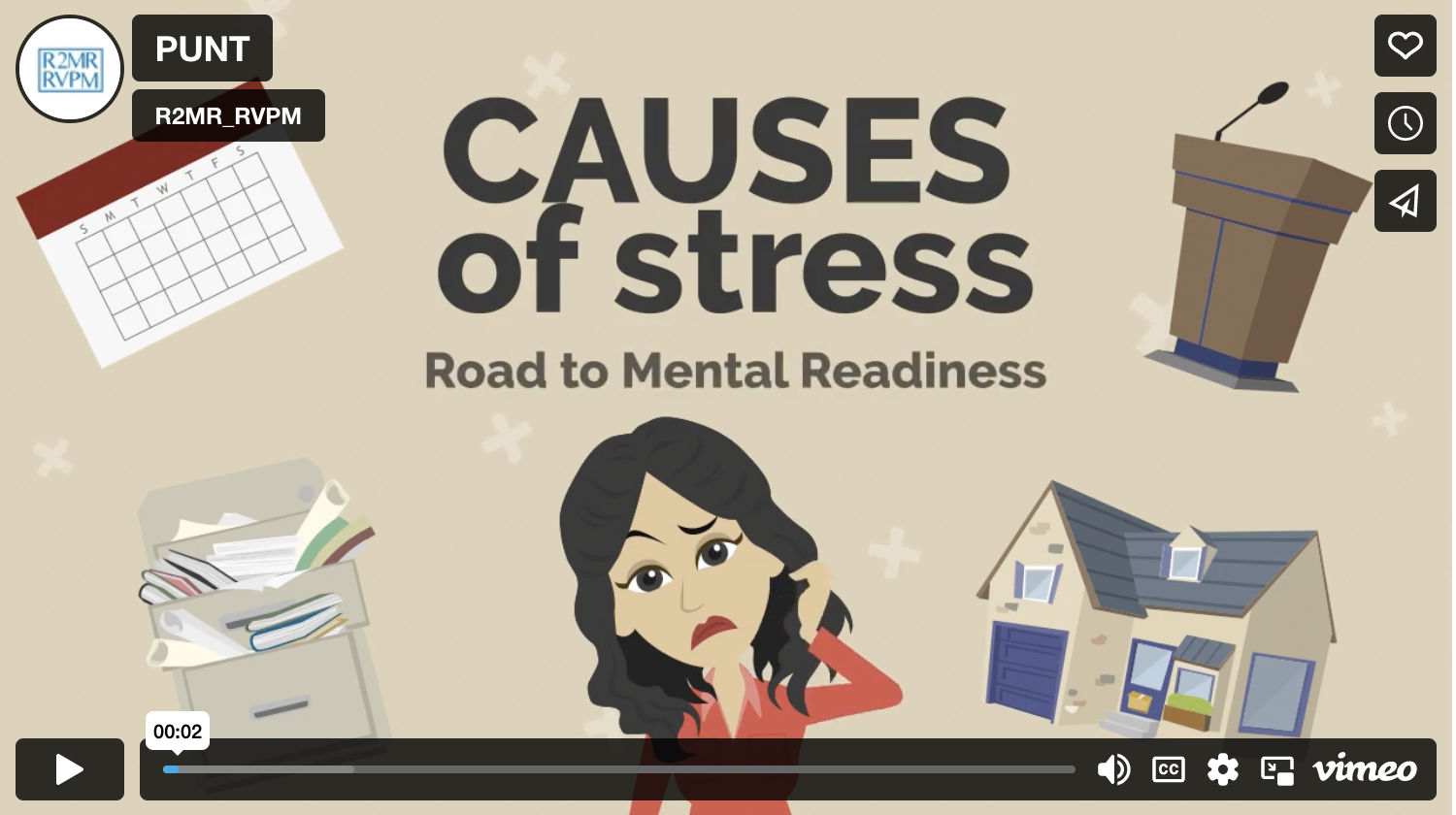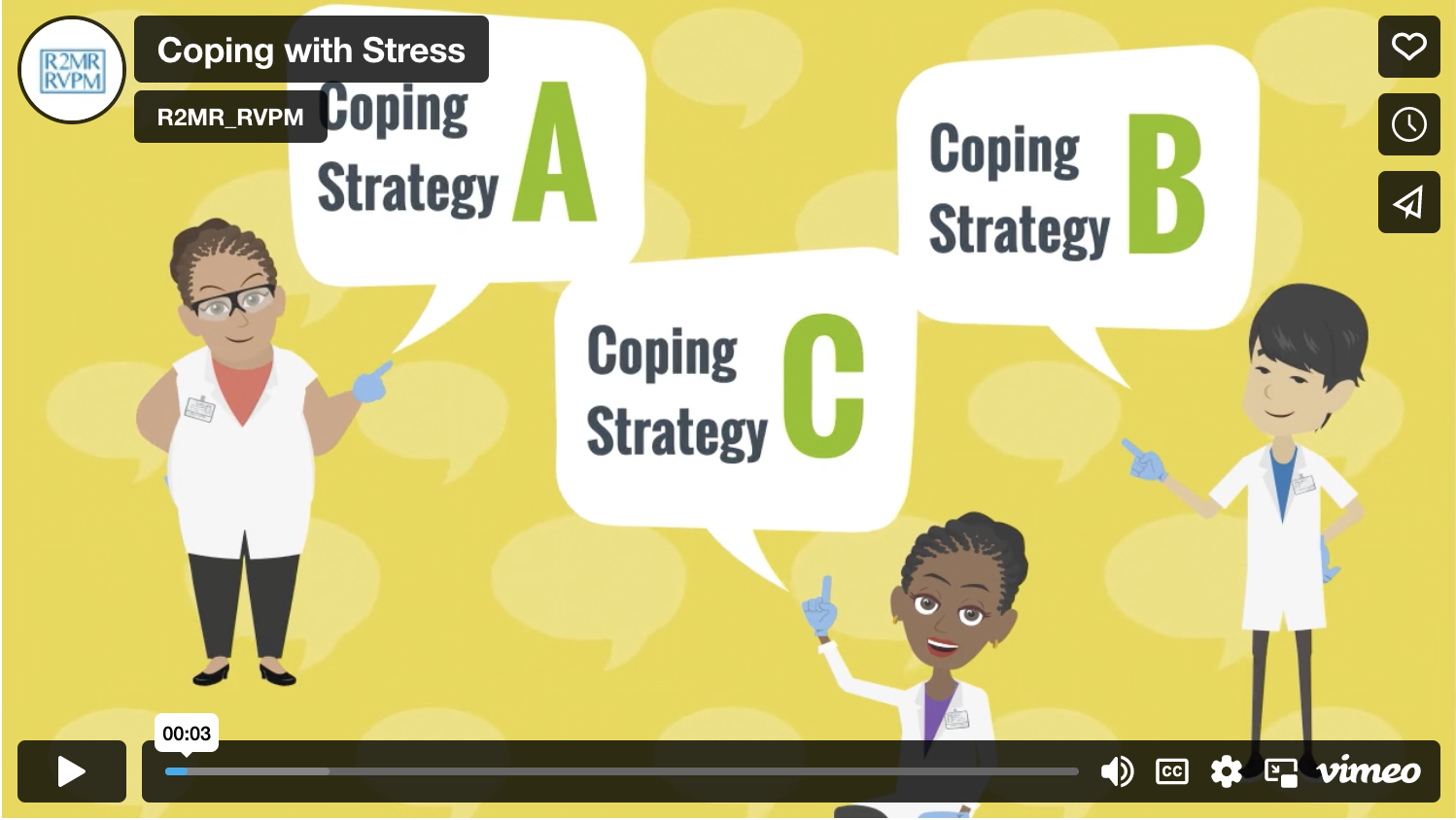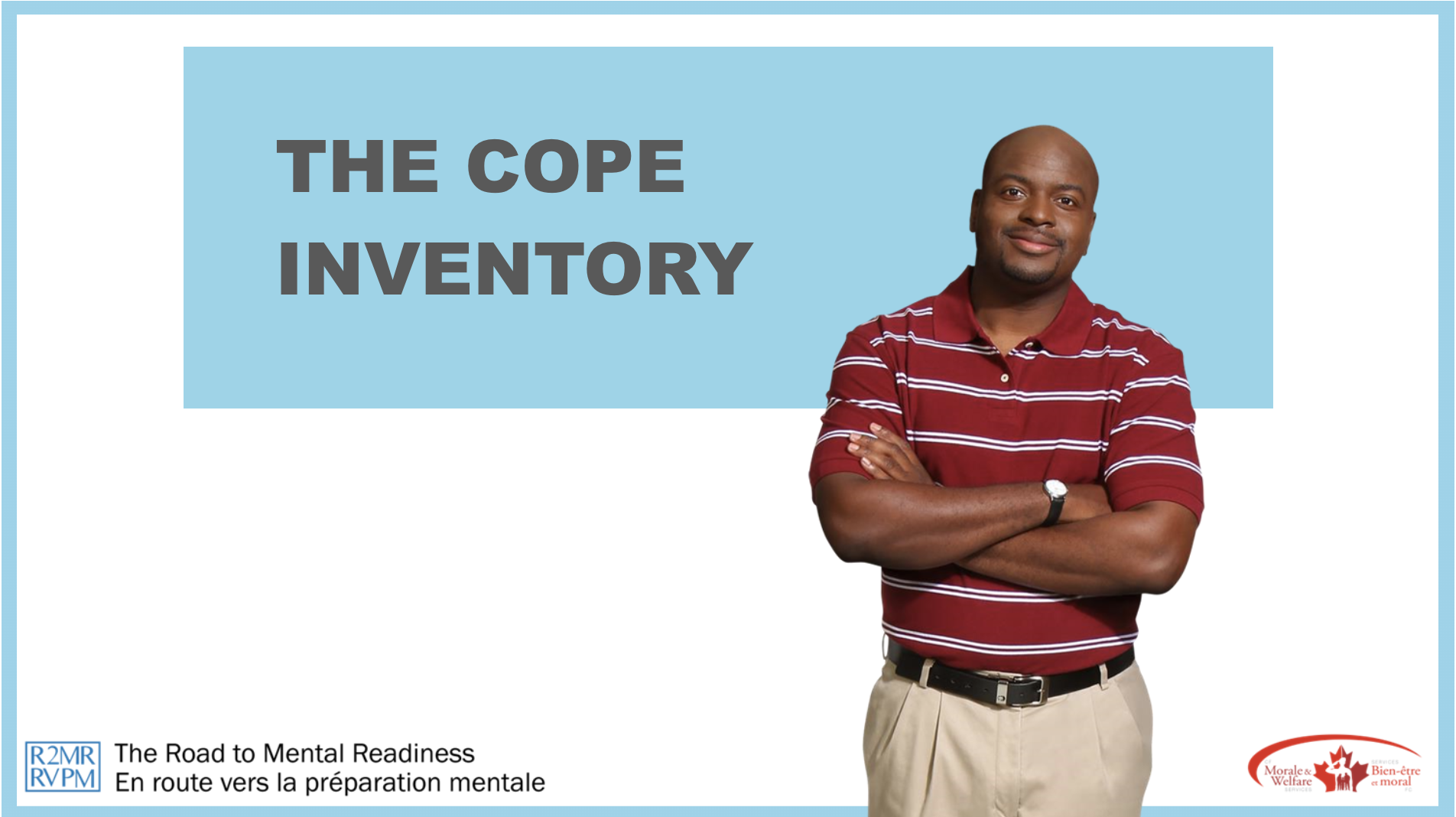What is stress?
The term stress * was coined by a Hungarian-Canadian endocrinologist, Dr Hans Selye, and refers to “the non-specific response of the body to any demand for change.” To put this in everyday language, stress is the “wear and tear * on the body and mind caused by the need to adapt to demands in our environment.”
Stress is often thought of as something negative (distress) that is accompanied by anxiety and discomfort. However, stress can also be helpful, motivating us to act and focusing our energy, accompanied by feelings of excitement and improving our performance (eustress).
Watch the video to see how stress impacts performance *.
Types of Stress
There are three main types of stress: acute stress, episodic stress, and chronic stress *.
Acute stress involves an immediate short-term reaction to a given change or challenge. Acute stressors tend to include sudden changes in circumstances or challenges of short duration.
To use the analogy of a car, acute stress is like pushing the gas pedal to the floor to rev up and supply the vehicle with power and fuel to quickly accelerate and escape a collision. After the stressor has passed, you ease off the gas pedal to return to your cruising speed and conserve energy.
Episodic stress involves experiencing acute stress reactions on a frequent or recurring basis. Experiencing multiple episodes of acute stress increases health risks.
In our car analogy, episodic stress is like driving heavy on both the gas and the brakes by accelerating quickly and braking hard often. Driving in this manner consumes fuel and wears down the tires and braking system at a faster rate.
Chronic stress involves managing ongoing longer-term stress. Chronic stress occurs when the body is continuously operating in “stress response mode” with little or no time for recovery, and no return to its pre-stressed state. This can result from dealing with an unrelenting challenge or a multitude of challenges without an opportunity to recover and reset in between.
To return to our car analogy, this would be like commuting two hours each direction every day for six months without an oil change.
Studies have found that it is ongoing, unmanaged chronic stress that has a more negative impact on our health and well-being than acute stress.
What happens in the body under stress?
When the body is under stress, it responds automatically with a defence response, commonly known as fight, flight or freeze *.
Watch the video to learn more about our physiological response to stress.
How stressed are you?
Estimated time: 5-7 min
Learning objectives
This activity gives you the opportunity to complete the Perceived Stress Scale to help you gauge the level of stress you are currently experiencing.
Have you been feeling stressed lately? Take a moment to perform a quick self-check to using the Perceived Stress Scale* This scale asks you about thoughts and feelings you have had over the past month. The results will help you identify how stressful you are finding your current life circumstances.
Note: The scores on this self-assessment do not reflect any particular diagnosis or course of treatment. They are meant as a tool to help assess your level of stress. If you have any further concerns about your current well-being, contact your health care provider. You can find available services in the Resource section of this website. To clear your answers or restart the activity, please refresh the webpage or exit the learning hub.
What causes stress?
Any change in our life, or event that we find threatening or difficult to cope with, can be a potential cause of stress. However, it is important to remember that we all respond differently, and that what is stressful for one person may not be for another person.
Here are some examples of common sources of stress that we may encounter in our personal and professional lives.
Personal Stress

Personal stressors refer to the individual and family challenges or concerns that we may experience. These can include:
- Relationship changes or conflicts
- Environmental changes, such as moving or managing renovations
- Establishing new social relationships
- Financial difficulties
- Life transitions, such as a marriage, birth of a new baby, or “empty nest”
- Changes in our physical or mental health
- Loss or death of a family member or friend
- Care of dependant family members
- “Daily hassles”, which include those smaller repetitive sources of stress that occur frequently throughout the day such as dealing with traffic, searching for car keys, or trying to plan meals
Work Stress
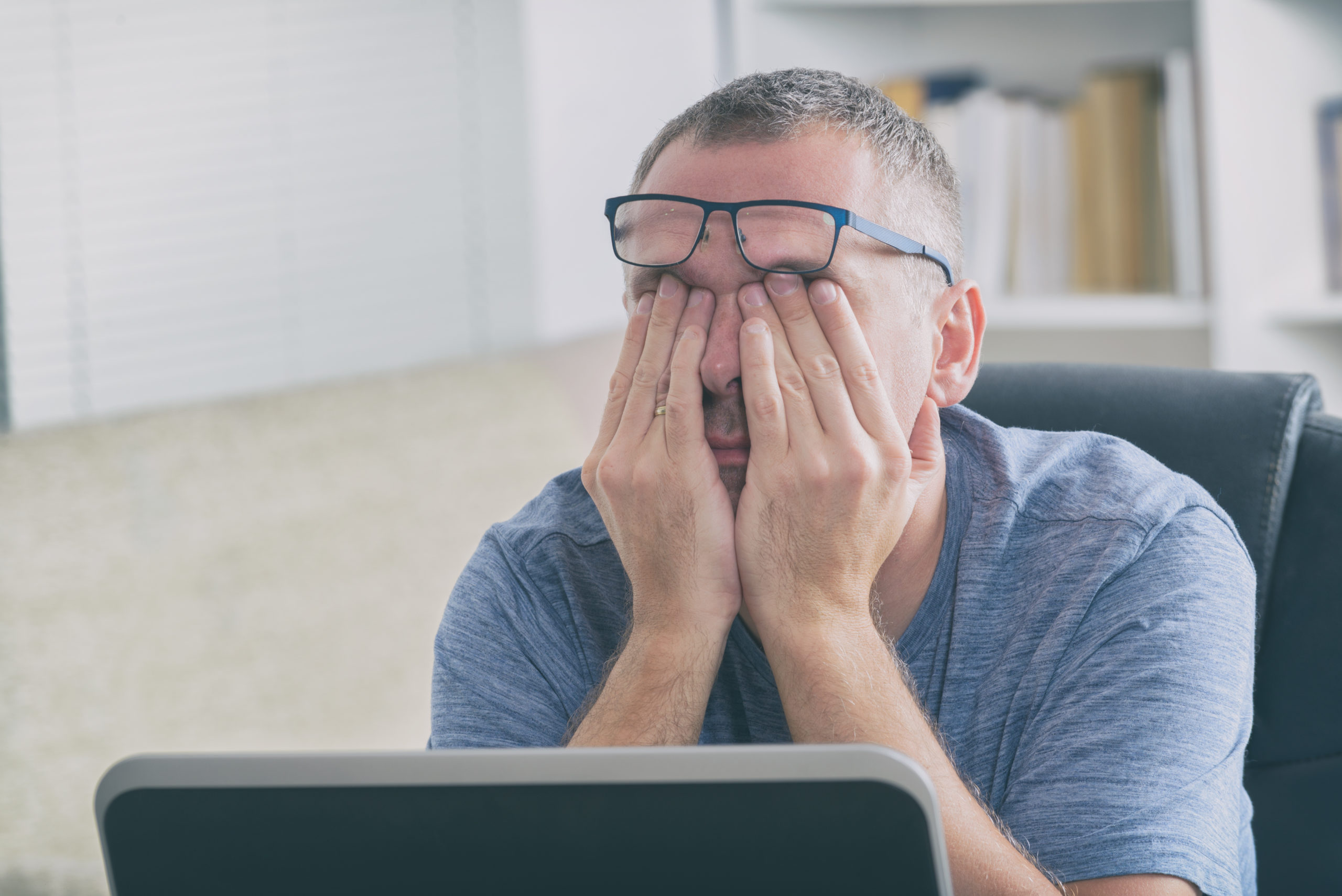
Work-related sources of stress include the organizational and occupational issues that we experience in our professional life. These can include:
- Workplace conflict with colleagues or supervisors
- Keeping up with changes or advances in technology
- Experiencing time pressures, deadlines, or a lack of control over demands
- Having to perform beyond experience and abilities
- Lack of training, information, support or advice
- Lack of clear objectives or role expectations
- Changes to work environment and job responsibilities
- Workload demands
- “Daily hassles” at work, such as commuting, emails, meetings, technology glitches
In addition to these different sources of stress, pay attention to the concept of pressure.
Pressure is a source of stress that is often self-imposed in situations where there is a need to perform and the results matter to us.
While we often try to separate our personal and professional lives and strive to prevent challenges in one area from impacting another area of our life, our bodies and minds experience the cumulative effect of stress combined from all areas of our life.
As pictured here, if we use the analogy of stress filling our bucket, we don’t have multiple different buckets of stress, rather it all just flows into one. The size of the bucket, or how much stress we can carry, differs from one individual to another, however, all different sources of stress fill our bucket and we can’t separate them.
If we don’t actively manage our stress, it can overflow as we take on more stress than we can handle. These combined sources of stress, if left unmanaged, can also increase the risks to our health and wellbeing.

Why do we react the way we do?
Have you noticed that some situations impact you more than others? Or that you manage some stressors without difficulty while other stressors strain your ability to cope?
Through extensive research, Dr. Sonia Lupien has determined there are four key ingredients that can make something stressful *, as well as individual differences in how people perceive them. You may have noticed that some situations have caused you minimal stress, while the same situations have caused a much greater stress reaction in your partner or child.
Watch the video to learn more.
Ready to apply this information?
If you find yourself feeling stress but are unable to identify exactly what is causing it, we suggest you try the Stress Experience Sampling activity *. Doing this exercise will help you become more aware of your stress levels at work and at home as well as what might be causing this.
Over the next month, try the following activity:
- Book four 15-minute appointments with yourself at random times throughout each week. For example, the first week: Monday 9:00 am, Wednesday 1:00 pm, Friday 6:00 pm, Sunday 8:30 pm; then choose a different schedule for weeks 2, 3 and 4.
- At each appointment, record the following information:
- What are you doing?
- How happy do you feel? (1 – not at all happy to 5 – very happy)
- How stressed are you? (1 – not at all stressed to 5 – very stressed)
- If you notice that you are experiencing any level of stress, try to determine what is causing your stress and which of the PUNT characteristics are contributing to your stress level. (Reminder: PUNT stands for Perceived lack of control, Unpredictability, Novelty, Threat to ego)
- After the four weeks, reflect on your notes and look for patterns in your responses:
- Is it the same source of stress or many different sources of stress?
- Are different PUNT characteristics causing the stress, or is it often the same one?
- Understanding your stress is the first step in managing it. Next is to employ effective coping strategies.
What is coping?
Coping * is defined as the actions or thoughts used to manage environmental and internal demands which drain or exceed a person’s resources. Coping occurs in response to a stressful event and is a conscious process.
There are many ways to cope with the challenges and situations we face. No single coping strategy is effective for all situations, however, some strategies are more useful and positive than others. The resources on this website can help you develop your own ‘toolbox’ of positive and healthy coping strategies that you can use to manage difficulties effectively.
Coping with Stress
Did you know coping is related to but distinct from recovery and self-care strategies?
Recovery refers to the process of restoring physical and mental energy in order to balance off stress states.
Self-care strategies are the activities you engage in to promote recovery.
Coping is the process of seeking and applying solutions to situations or problems.
Going back to the analogy of stress filling our bucket, it is important that we pause and appreciate how much stress is in our lives, in other words “how full is our bucket,” and then reflect on what we are doing to “drain or release some of this stress.” We can do this by employing recovery strategies through engaging in self-care, as well as using positive coping strategies.
Coping strategies can be broken down into those that are more problem-focused and those that are more emotion-focused.
To learn more about the difference between each of these, watch this short video.
How to expand my coping strategies
Estimated time: 10 min
Learning objectives
This 28-question inventory helps you identify your usual coping strategies and provides a summary of the types of strategies that you commonly use. You can also print and complete the COPE Inventory offline.
While we all understand the importance of coping with stress, and cope effectively with the majority of our daily demands, we often rely on the same few strategies that have worked for us in the past, even when they may not be the best fit for our current situation. It can be helpful to identify our typical coping responses and then explore whether there are other approaches we can adopt to increase our repertoire of coping strategies, particularly for those situations where our current efforts to cope are unsuccessful or insufficient.
To do this, we first invite you to complete the COPE Inventory *. This is a well-established tool that assesses the different ways people respond to stress and categorizes the effectiveness of these coping strategies.
The COPE Inventory will help you to identify:
- What you generally do when you experience stressors (your typical coping strategies)
- Which coping strategies are more/less effective for you
Disclaimer: The scores on this self-assessment do not reflect any particular diagnosis or course of treatment. They are meant as a tool to help evaluate your coping strategies. If you have any concerns about your current well-being, contact your healthcare provider. You can find further information about available services in the Resource section of this website. To clear your answers or restart the activity, please refresh the webpage or exit the learning hub
